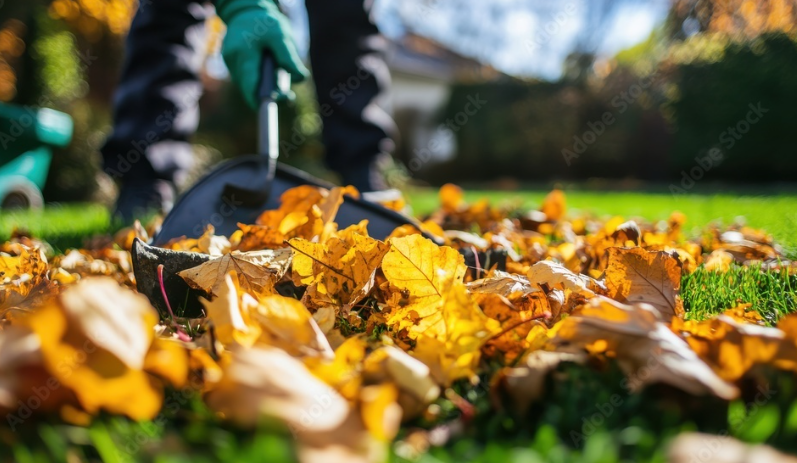
Pro Tips for Pest-Free Lawns: Integrated Pest Management Solutions Oct 30, 2025
The first step in integrated pest management (IPM) is to assess your lawn's condition. This involves identifying the types of pests that are damaging your yard. Many homeowners jump to chemical treatments without truly knowing the enemy they're combating. Start by observing areas of your lawn for signs of pest activities such as brown patches, thinning grass, or visible insects. Knowing the specific pest allows for more targeted and effective solutions, reducing unnecessary interventions.
Once you've identified the pests, it’s crucial to understand that not all insects are harmful to your lawn. Beneficial insects like ladybugs and predatory beetles actually help control the populations of the more harmful pests. Therefore, a balanced ecosystem approach is essential. Encourage these beneficial insects by planting flowers and varieties of plants around your lawn's perimeter, creating a habitat that promotes their presence.
Cultural practices are another cornerstone of an effective IPM strategy. The key here is prevention. Healthy, well-maintained lawns are naturally more resilient to pests. Regular mowing, proper watering, and fertilization play significant roles in this. Ensure your lawn is not over or under-watered, as both extremes can attract different types of pests. Aeration also helps prevent soil compaction, promoting healthy root growth and making it less inviting for pests to settle.
Mechanical control methods are simple yet effective. These include physical barriers like row covers for garden beds, traps for specific pests, and manual removal of large pests like beetles. Using high-quality grass seed adapted to your specific climate region can also significantly reduce pest problems.
When it seems like pests are out of control, chemical controls may be necessary. However, it's important to use these as a last resort and selectively apply them to avoid harming beneficial insects and the environment. Opt for organic or least-toxic pesticides whenever possible. For the best results, you might consider consulting with professionals, such as those at Perfect Lawn Solutions LLC, who are experienced in applying these treatments with precision and care.
Finally, ongoing monitoring is crucial. Regularly inspect your lawn for signs of pest resurgence. This vigilance helps catch any issues before they escalate, allowing you to modify your IPM plan as needed. Remember, lawn care is an ongoing process requiring consistent effort and observation.
In conclusion, while pests pose a threat to the pristine condition of your lawn, an integrated pest management approach provides a sustainable solution. By combining assessment, cultural practices, mechanical controls, and selective chemical applications, you can maintain a pest-free lawn without compromising environmental integrity. For tailored advice and advanced pest control solutions, consider contacting Perfect Lawn Solutions LLC. Our expertise ensures your lawn remains a vibrant part of your home, providing you and your family with a beautiful space to enjoy.
/filters:no_upscale()/media/3200e1bc-e806-4c7f-9fa5-4d4c53b980d2.jpeg)
/filters:no_upscale()/filters:format(webp)/media/4c9ede5e-69dd-43b4-b917-b39ec5d2928a.png)